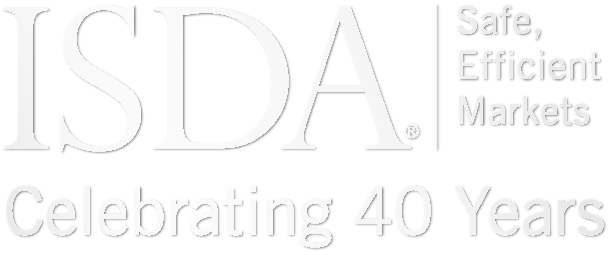ISDA has published its latest Margin Survey, which shows a strong increase in the amount of initial margin (IM) held by the largest 20 market participants for their non-cleared derivatives trades.
According to the latest survey, IM collected by the top 20 firms increased by 22% to $130.6 billion at the end of 2017, compared with $107.1 billion at the end of March 2017. Variation margin (VM) collected by those 20 participants for their non-cleared trades also expanded, rising from $870.4 billion at the end of March 2017 to $893.7 billion at year-end 2017.
The amount of regulatory IM has been increasing since the introduction of margin rules for non-cleared derivatives, with more new transactions subject to the IM requirements. The largest 20 market participants were required to meet regulatory IM requirements in the first phase of implementation from September 2016, and the rules were extended to six phase-two firms in September 2017. All in-scope entities are also subject to VM rules.
The survey finds $73.7 billion in IM was received by the 20 phase-one firms from other parties subject to the margin regulations at the end of 2017, an increase of 58% from March 2017. Discretionary IM received by phase-one firms from parties not in scope of the rules totaled $56.9 billion, a decrease of 6%. As more firms and trades become subject to the IM rules, discretionary IM is expected to continue falling, while regulatory IM is likely to increase further.
IM posted for cleared derivatives transactions also increased over the period. IM posted by all market participants to all major central counterparties (CCPs) for cleared interest rate derivatives and single-name and index credit default swaps totaled $194.1 billion at the end of 2017, a 6% increase versus end-March 2017.
“The margining of non-cleared derivatives and the clearing of standardized trades were both key Group-of-20 goals. The ISDA Margin Survey shows the industry continues to make great progress in meeting those objectives. Use of collateral reduces counterparty credit risk and makes the financial system more robust, but we need to continue to monitor the amount of margin posted to ensure the rules are calibrated appropriately,” said Scott O’Malia, ISDA Chief Executive.
To collect this data, ISDA surveyed the 20 banks with the largest non-cleared derivatives exposures – the so-called ‘phase-one’ firms under the new margin rules. ISDA also used publicly available data on cleared derivatives from two US CCPs, three European CCPs, and two Asian CCPs.
Click here to read the full survey.
For Press Queries, Please Contact:
Nick Sawyer, ISDA London, +44 7921 870892, nsawyer@isda.org
Michael Milner-Watt, ISDA London, +44 7710 967027, mmilner-watt@isda.org
Lauren Dobbs, ISDA New York, +1 646 639 9862, ldobbs@isda.org
Amanda Leung, ISDA Hong Kong, +1 646 318 7462, aleung@isda.org
Documents (1) for Initial Margin for Non-Cleared Derivatives Rises by 22%, ISDA Margin Survey Finds
Latest
Response on Commodity Derivatives Markets
On April 22, ISDA and FIA submitted a joint response to the European Commission’s (EC) consultation on the functioning of commodity derivatives markets and certain aspects relating to spot energy markets. In addition to questions on position management, reporting and...
Episode 50: The Value of Derivatives
A new report from ISDA shows that companies all over the world use derivatives to alleviate uncertainty, transfer risk and enhance profitability. ISDA discusses the findings with Boston Consulting Group’s Roy Choudhury. Please view this page via Chrome to access...
ISDA/IIF Response to EC Market Risk Consultation
On February 22, ISDA and the Institute of International Finance (IIF) submitted a joint response to the European Commission’s (EC) consultation on the application of the market risk prudential framework. The associations believe the capital framework should be risk-appropriate and...
ISDA Submits Letter on Environmental Credits
On April 15, ISDA submitted a response to the Financial Accounting Standards Board’s (FASB) consultation on environmental credits and environmental credit obligations. The response supports the FASB’s overall proposals to establish clear and consistent accounting guidance for environmental credits, but...


